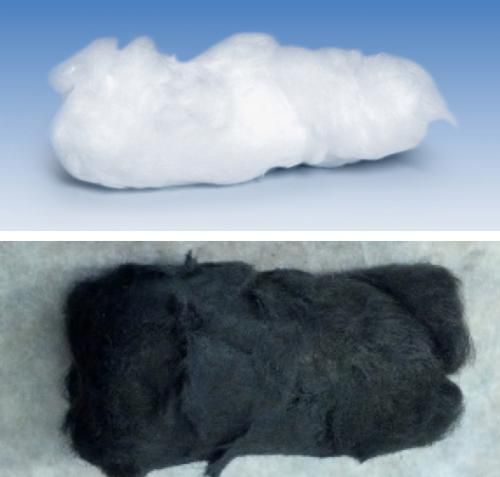Researchers Find Novel Filtration Method for Heavy Metals Removal
Published on by Marcus Caselles, Water Treatment Plant Operator at Hillsborough County in Academic
Carbon nanotubes immobilized in a tuft of quartz fiber have the power to remove toxic heavy metals from water, according to researchers at Rice University.

Prize-winning filters produced in the lab of Rice chemist Andrew Barron by then-high school student and lead author Perry Alagappan absorb more than 99 percent of metals from samples laden with cadmium, cobalt, copper, mercury, nickel and lead. Once saturated, the filters can be washed with a mild household chemical like vinegar and reused.
The researchers calculated one gram of the material could treat 83,000 liters of contaminated water to meet World Health Organization standards — enough to supply the daily needs of 11,000 people.
The robust filters consist of carbon nanotubes grown in place on quartz fibers that are then chemically epoxidized. Lab tests showed that scaled-up versions of the “supported-epoxidized carbon nanotube” (SENT) filters proved able to treat five liters of water in less than one minute and be renewed in 90 seconds.
The material retained nearly 100 percent of its capacity to filter water for up to 70 liters per 100 grams of SENT, after which the metals contained could be extracted for reuse or turned into a solid for safe disposal.
While the quartz substrate gives the filter form and the carbon nanotube sheath makes it tough, the epoxidation via an oxidizing acid appears to be most responsible for adsorbing the metal, they determined.
Read full article: Treatment Plant Operator
Media
Taxonomy
- Treatment
- Heavy Metal Removal
- Technology
- Contaminant Removal
- water treatment